A recent study by Accenture shows that businesses that apply advanced AI technologies such as large language models and generative AI are able to increase revenue by up to 10%, 2.6 times higher than businesses that do not apply this technology.
In the era of artificial intelligence and large language models (LLMs), data science and AI are increasingly integrated into workflows. However, implementing and applying AI models into business operations also faces many challenges.
According to Mr. Nguyen Van Tuan, CEO of Hyratek, the unit that supports the AI system and infrastructure for the project of restoring martyrs' photos, the demand for equipment systems used for training and coaching AI in the world is higher than the market supply. Buyers even have to order from suppliers half a year in advance to get the equipment.

The world is “thirsty” for hardware infrastructure to serve artificial intelligence. Meanwhile, AI systems are often trained centrally, at very expensive costs. This is a barrier to applying AI to business operations.
Many businesses in Vietnam are using cloud services to deploy AI models. However, this form is costly when operating at large scale and lacks flexibility in workflow.
In a recent event, Mr. Nguyen Van Giap, General Director of Lenovo Vietnam, said that to apply AI more in the operation and production process, businesses have a new trend of using AI-integrated workstations.
Many organizations are moving to privately hosting and developing large language models (LLMs) and small language models (SLMs), due to concerns about security and training data costs.
This not only optimizes workflows but also helps business owners make timely decisions while promoting innovation in many fields.
Featuring high-performance CPUs and GPUs, workstations are designed to accelerate AI model development, tuning, and training at smaller scales and lower costs than in the cloud.
Using local data is not only more secure, but also allows data scientists to train AI models in a closed loop and faster, thereby reducing the time to get to the final results.

The diversity of large language models is also increasingly recognized on a global scale. Sharing with VietNamNet, Mr. Robert Hallock, Vice President and General Manager of AI and Technical Marketing at Intel, said that to promote digital transformation, countries can develop their own large language models, with Vietnam being the Vietnamese large language model.
According to Intel Vice President, in the process of working with several multilingual AI models, Vietnam and China are considered to be two countries that are localizing large language models well by incorporating local language elements.
Not only can AI be applied to promote business in enterprises, Mr. Robert Hallock believes that AI can also be effectively applied in the public sector. In particular, the legal corridor of governments is an excellent environment for artificial intelligence.
A legal document can be hundreds of pages long, making it difficult for anyone to grasp all the information and regulations in it. This is when a large language model with a virtual assistant that asks and answers questions about specific content is needed.
A Finastra survey shows that Vietnam is currently leading the market in terms of interest in generative AI. According to the survey results, 91% of Vietnamese people expressed their response to the positive values that generative AI brings.
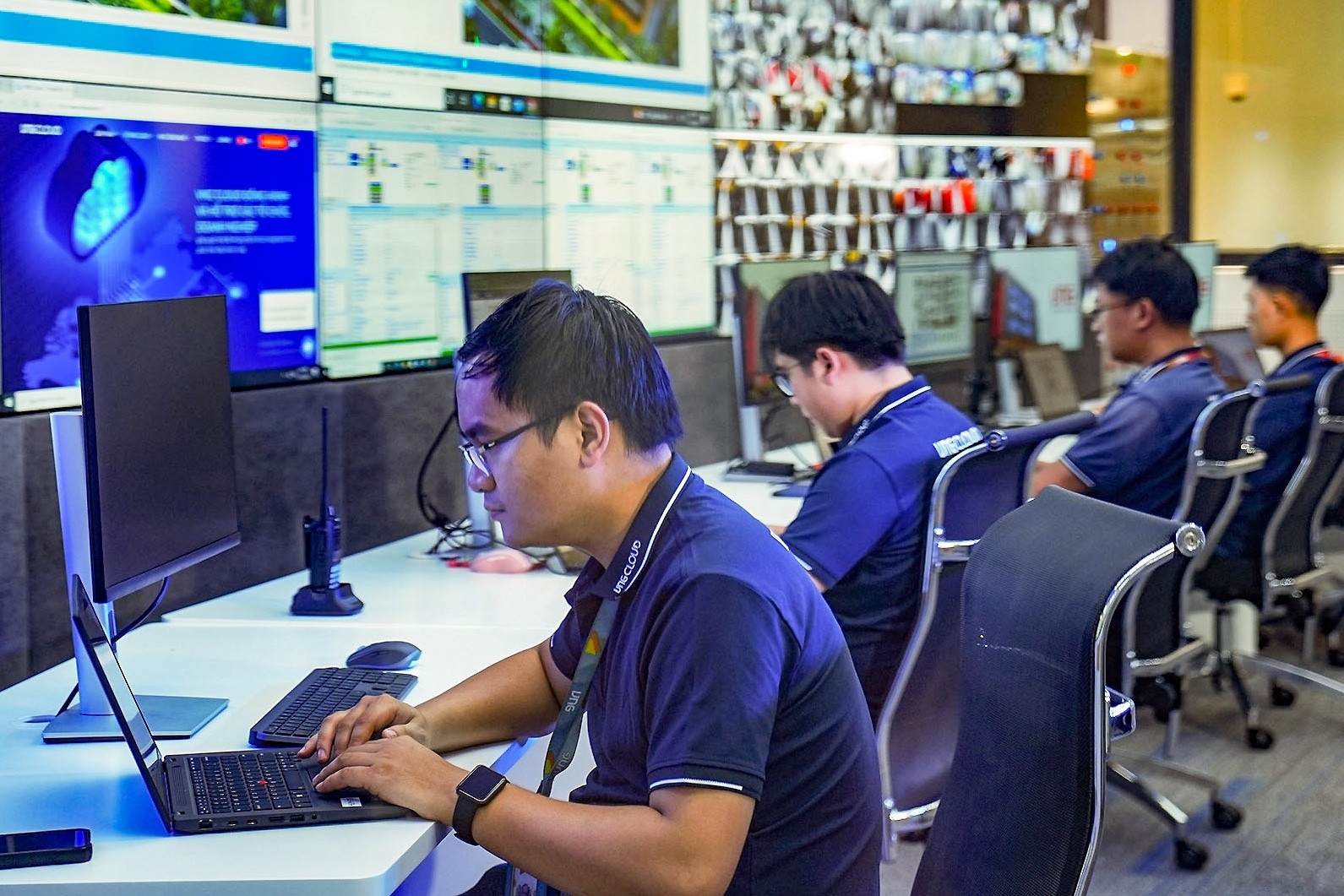
Source: https://vietnamnet.vn/no-ro-xu-huong-tu-phat-trien-cac-mo-hinh-ngon-ngu-lon-ai-2325714.html


![[Photo] The 5th Patriotic Emulation Congress of the Central Inspection Commission](https://vphoto.vietnam.vn/thumb/1200x675/vietnam/resource/IMAGE/2025/10/27/1761566862838_ndo_br_1-1858-jpg.webp)



![[Photo] Party Committees of Central Party agencies summarize the implementation of Resolution No. 18-NQ/TW and the direction of the Party Congress](https://vphoto.vietnam.vn/thumb/1200x675/vietnam/resource/IMAGE/2025/10/27/1761545645968_ndo_br_1-jpg.webp)
![[Photo] National Assembly Chairman Tran Thanh Man receives Chairman of the House of Representatives of Uzbekistan Nuriddin Ismoilov](https://vphoto.vietnam.vn/thumb/1200x675/vietnam/resource/IMAGE/2025/10/27/1761542647910_bnd-2610-jpg.webp)



























































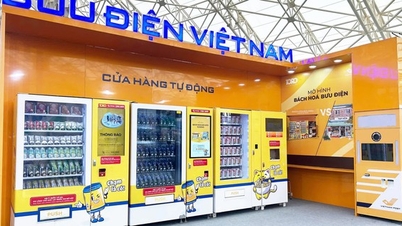






















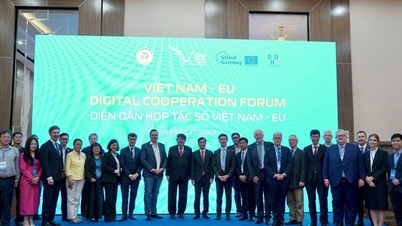
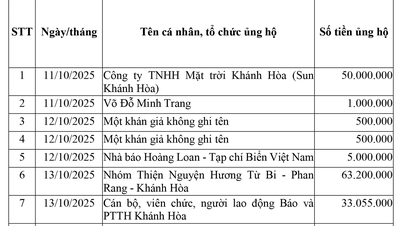

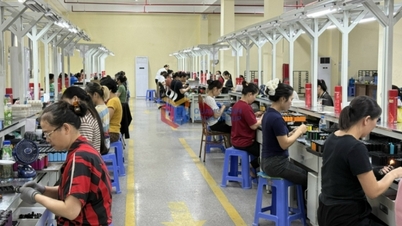






















Comment (0)